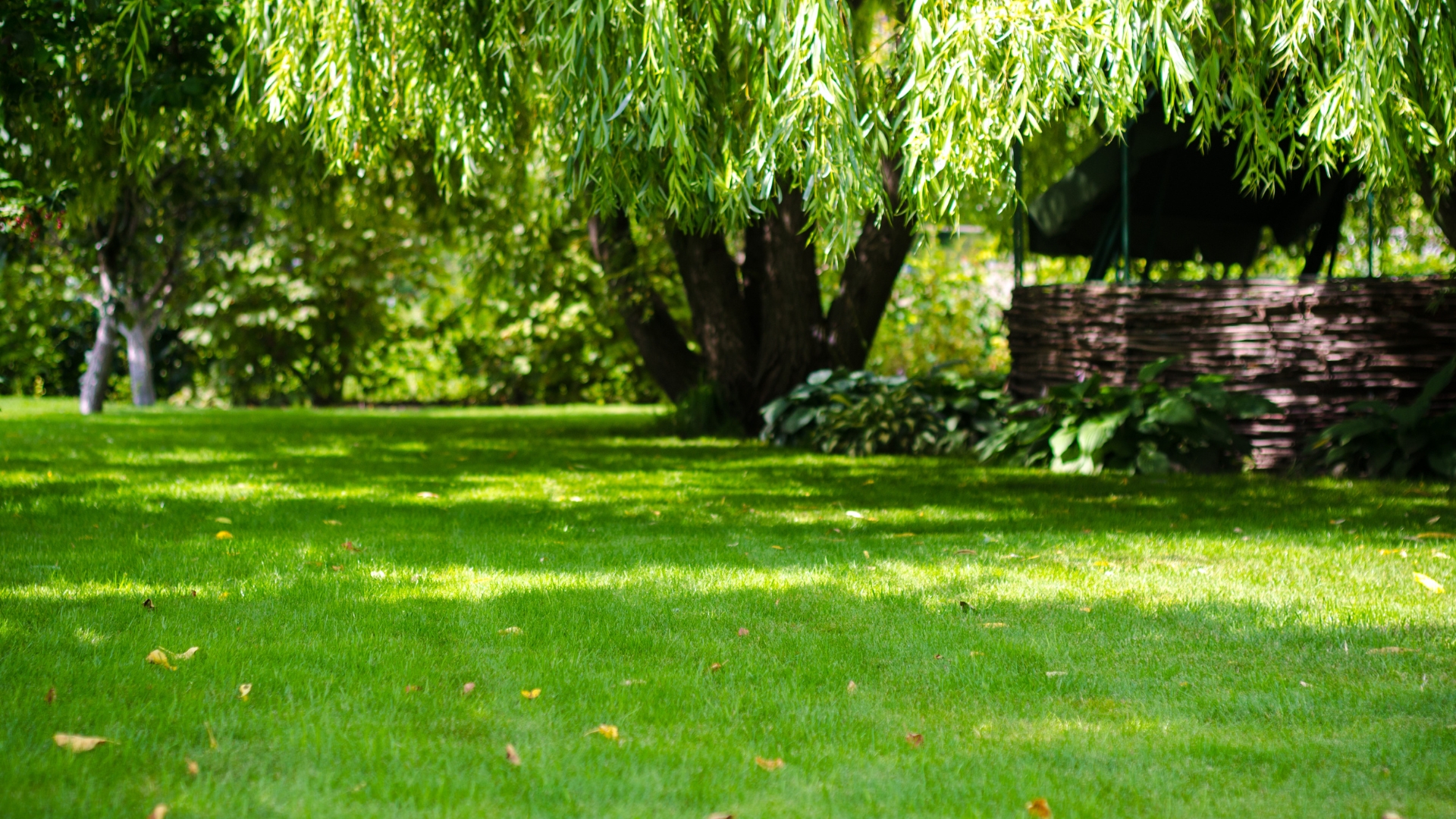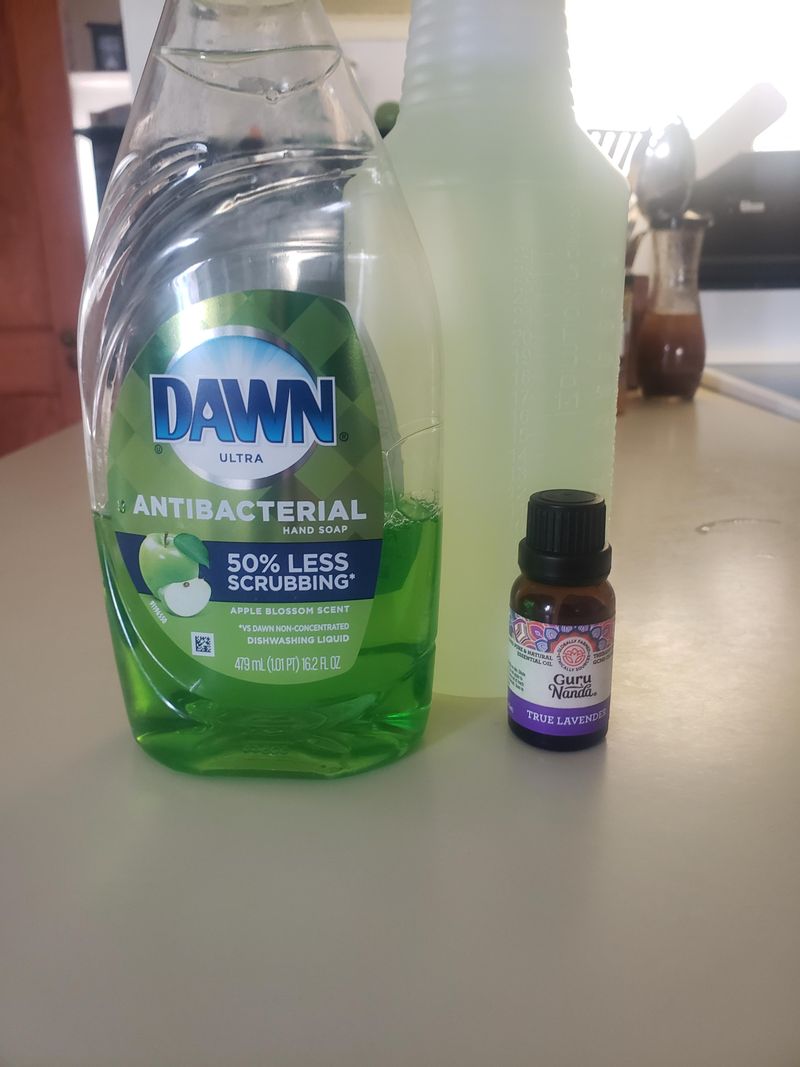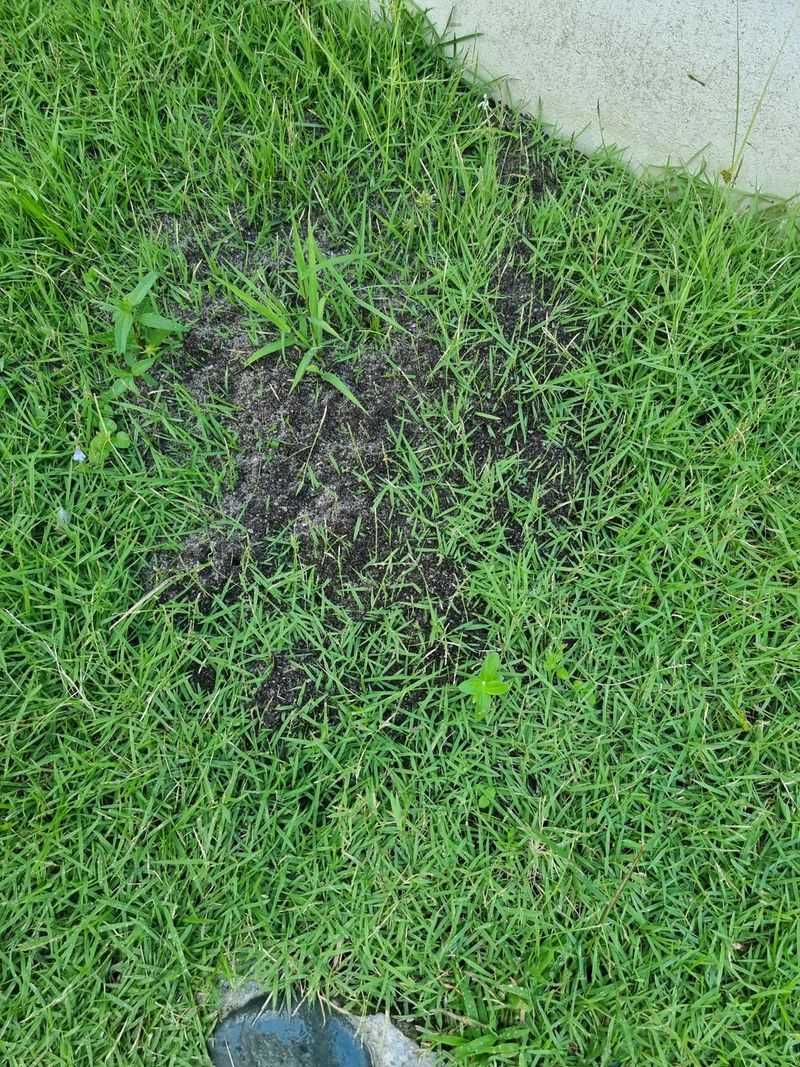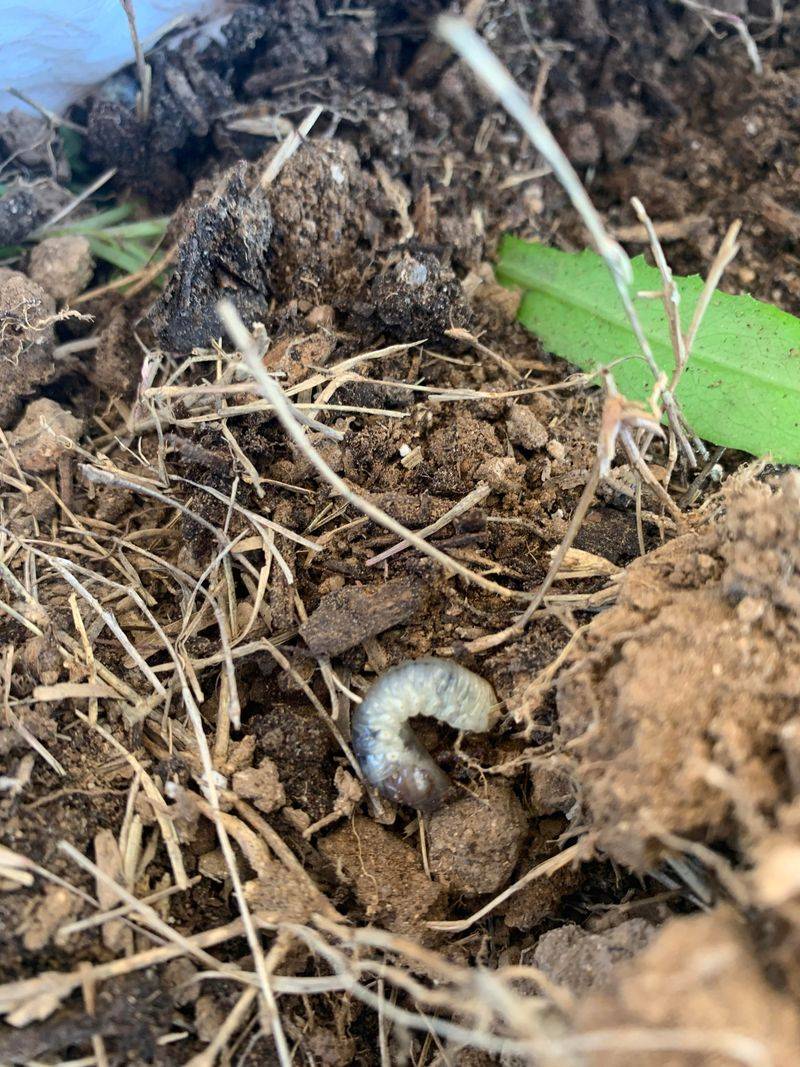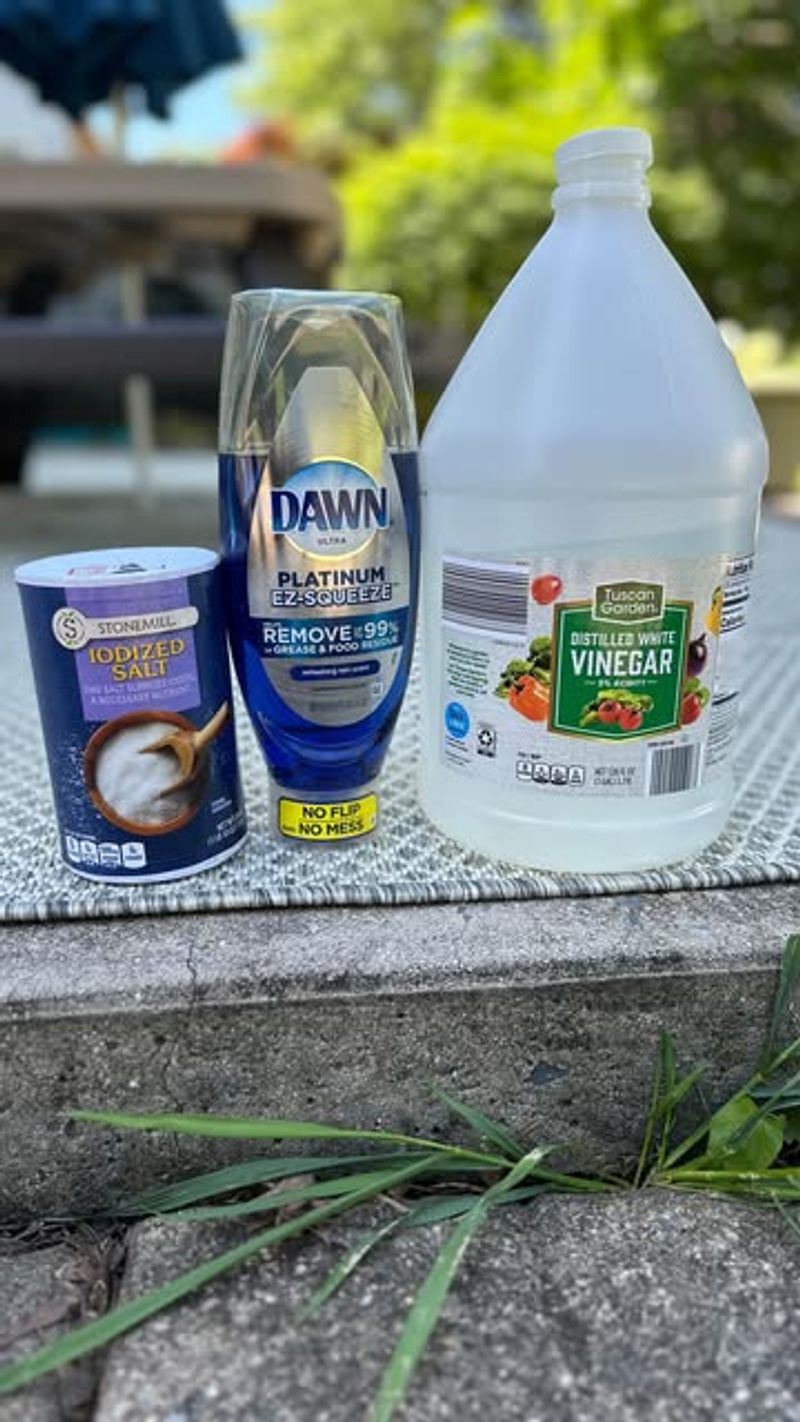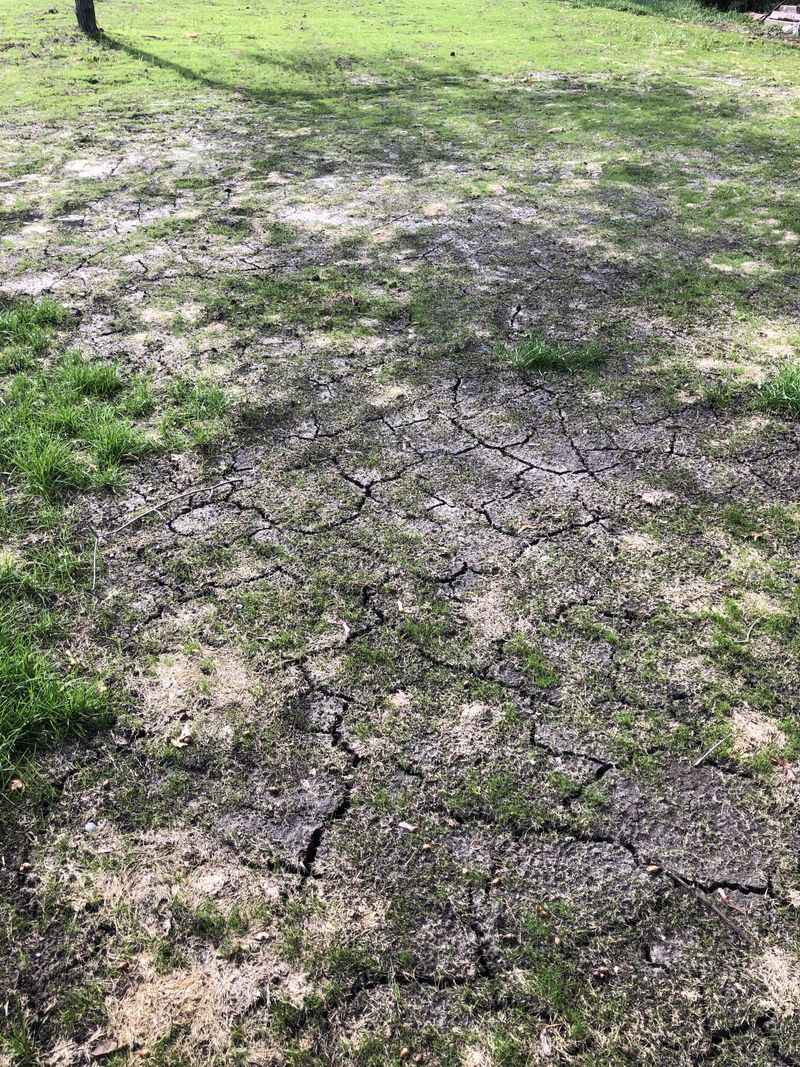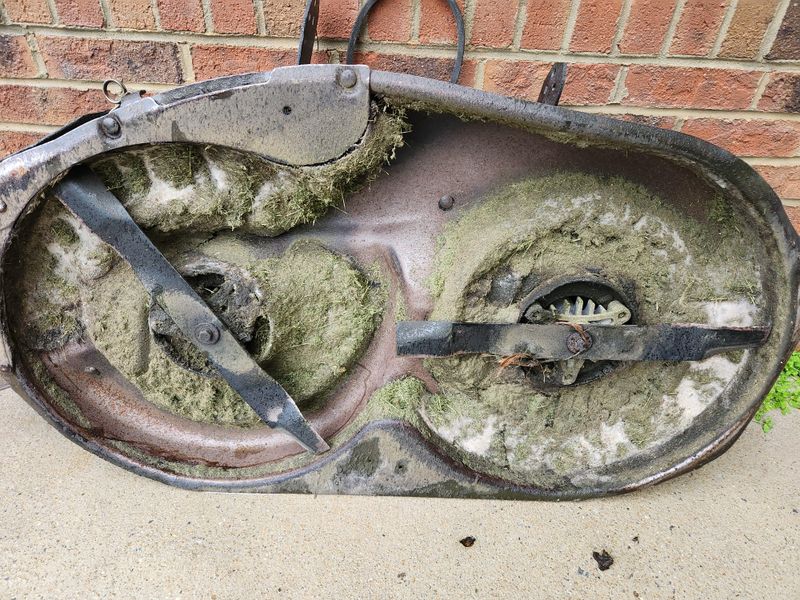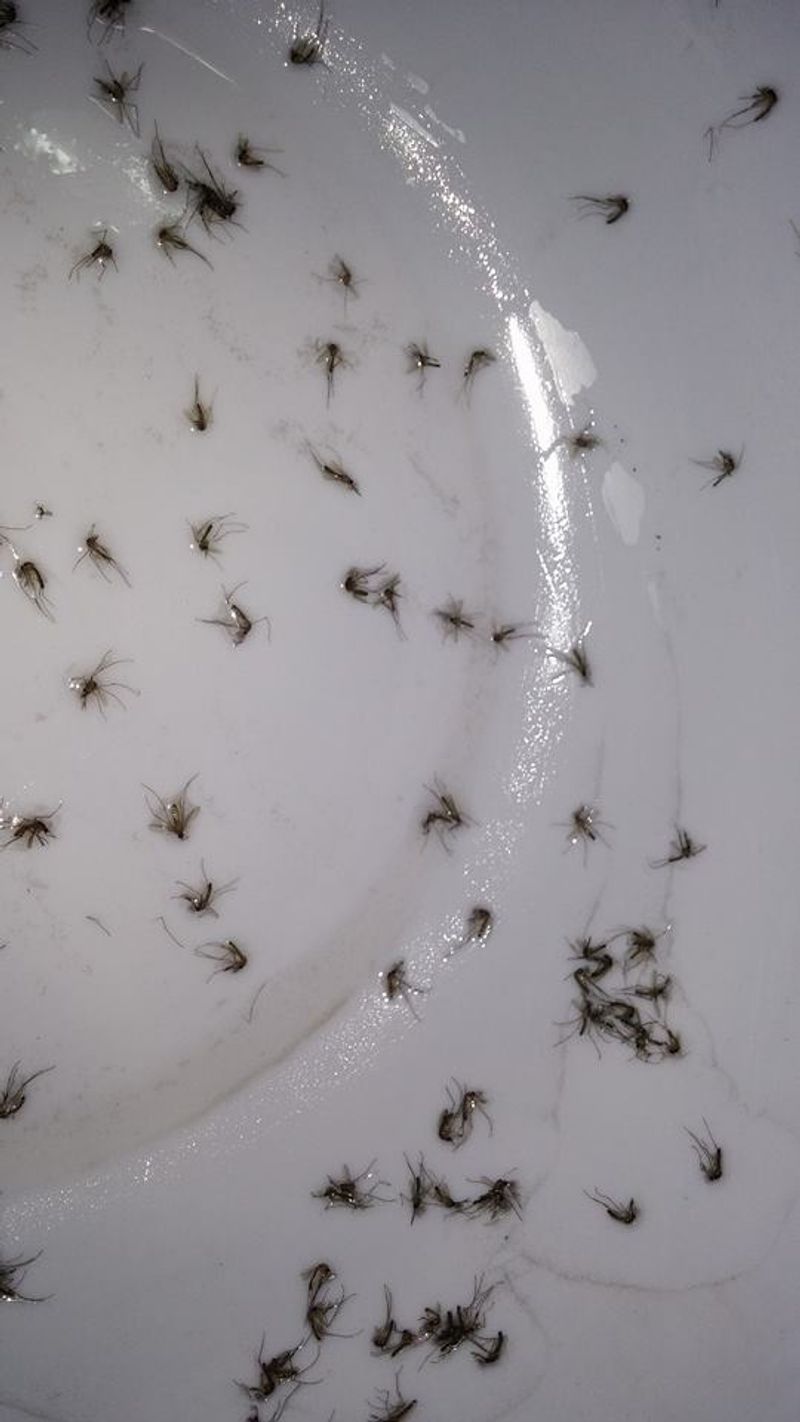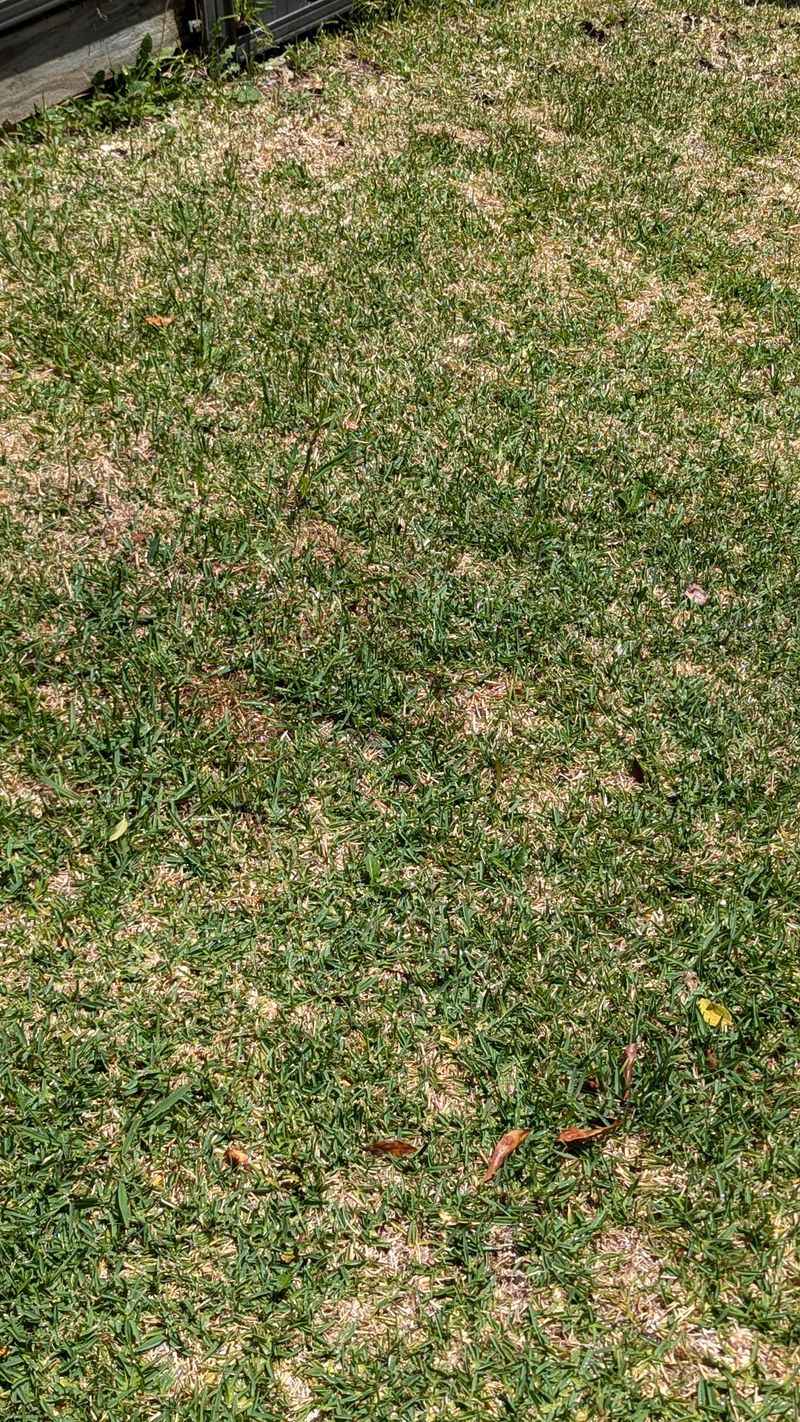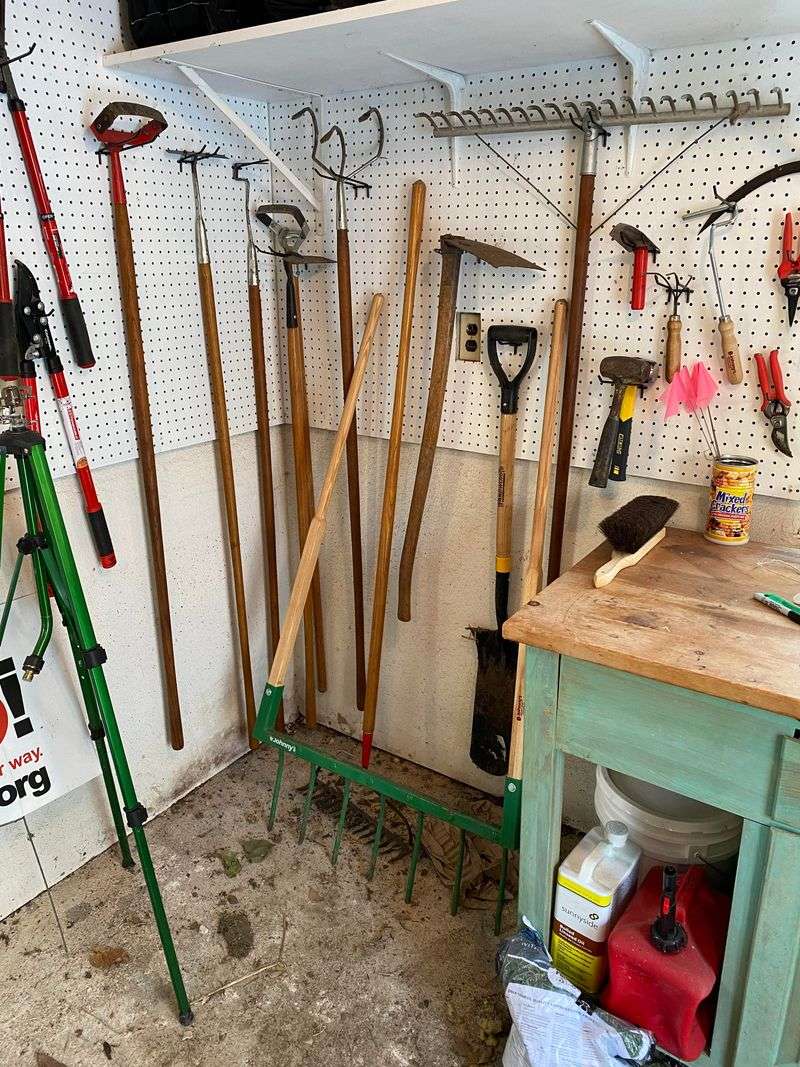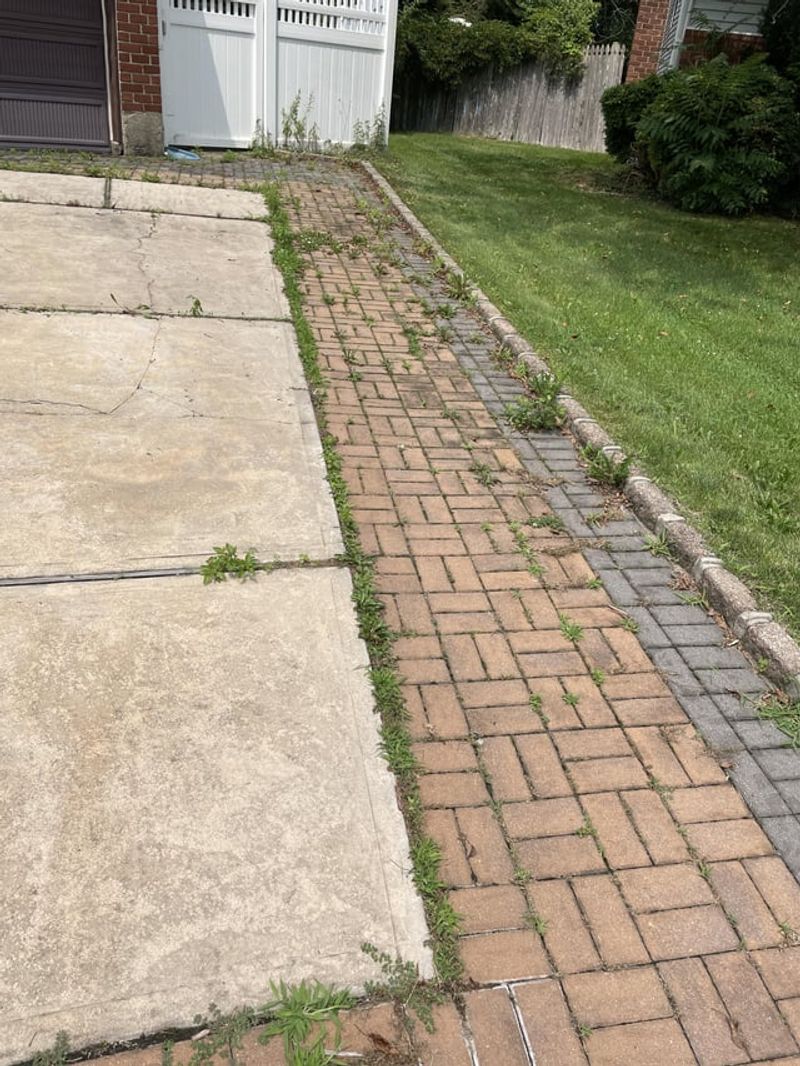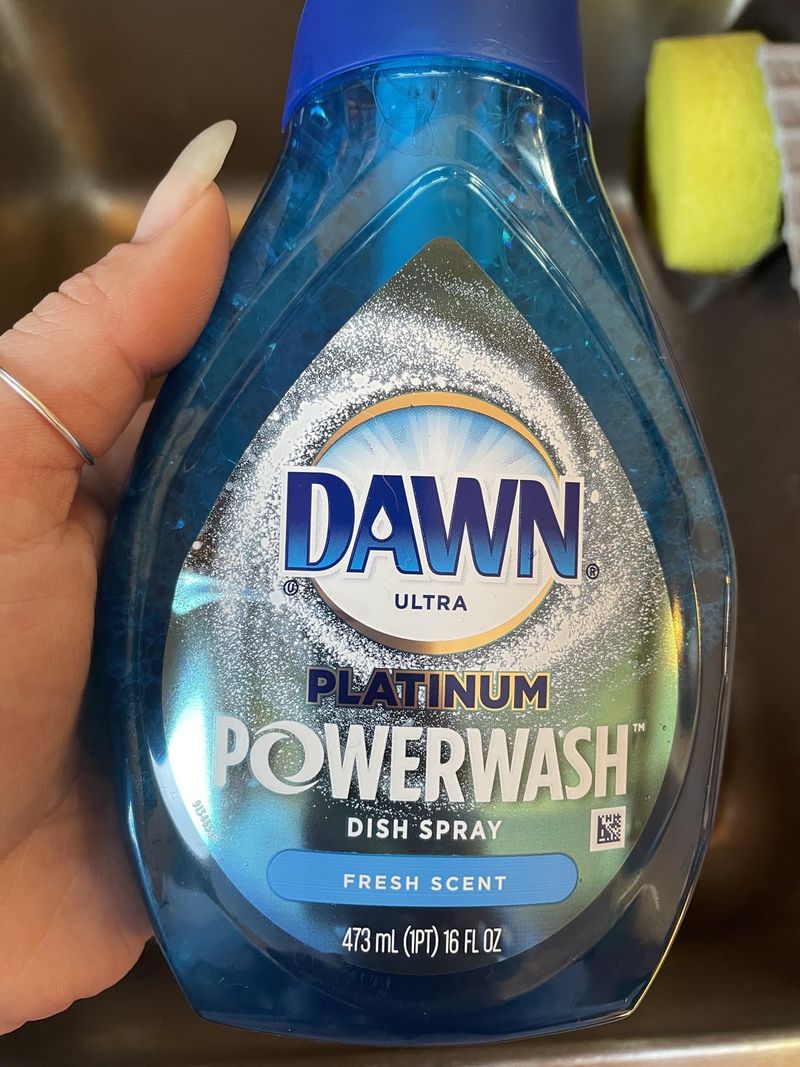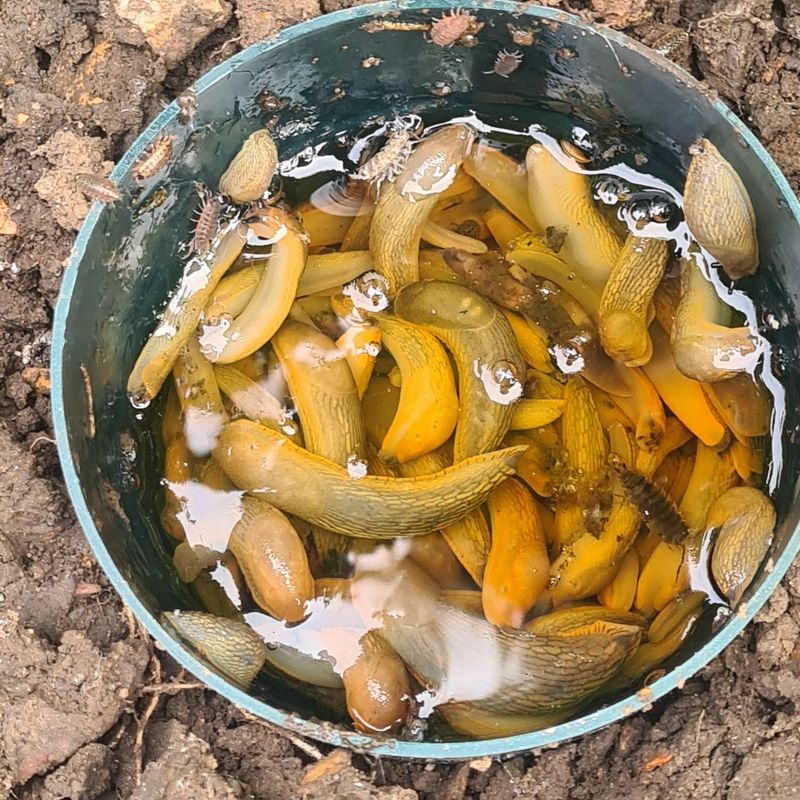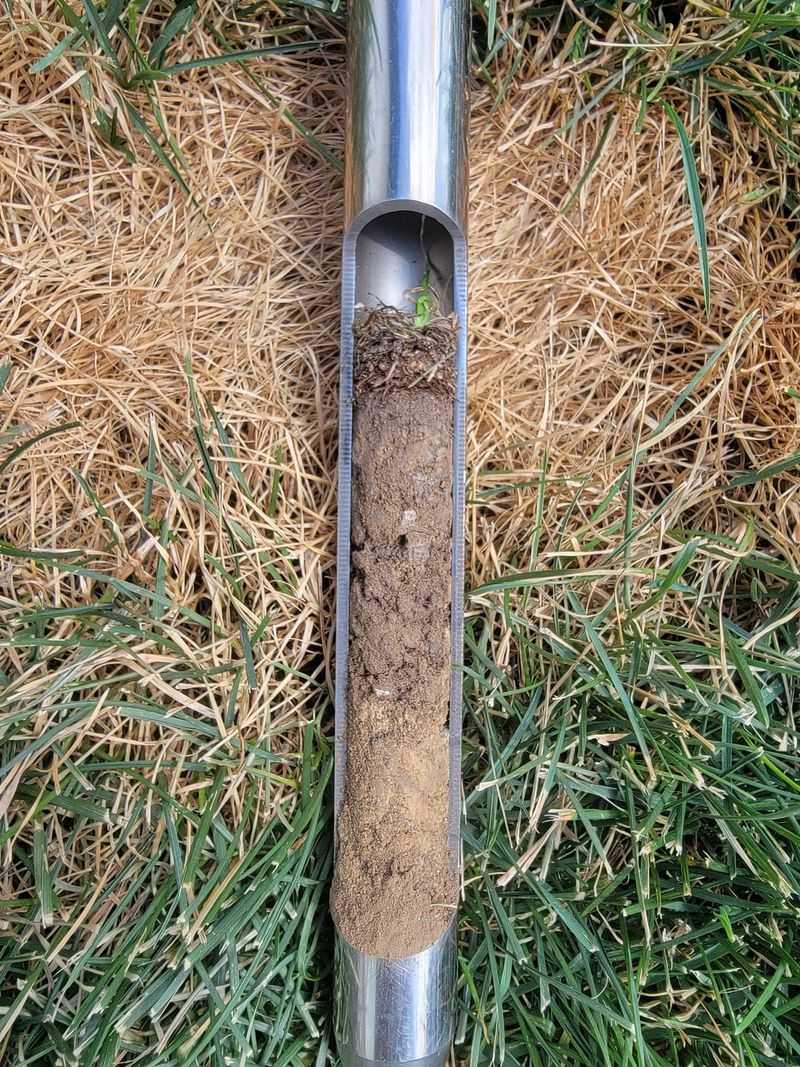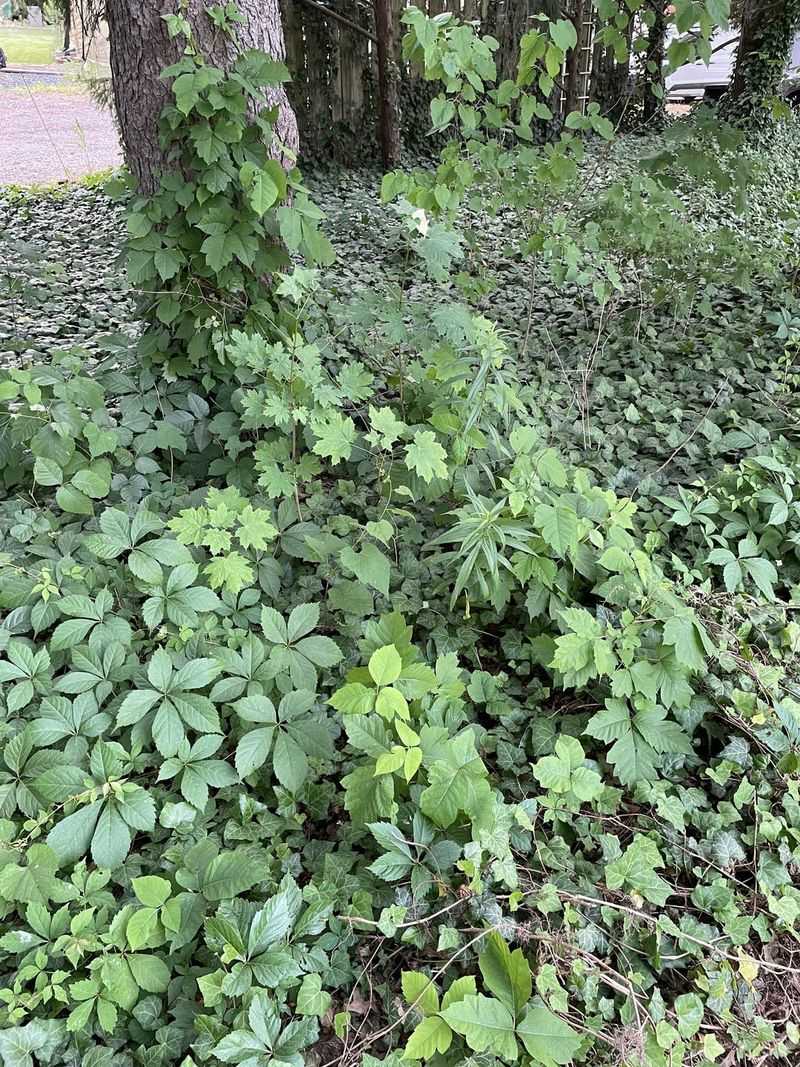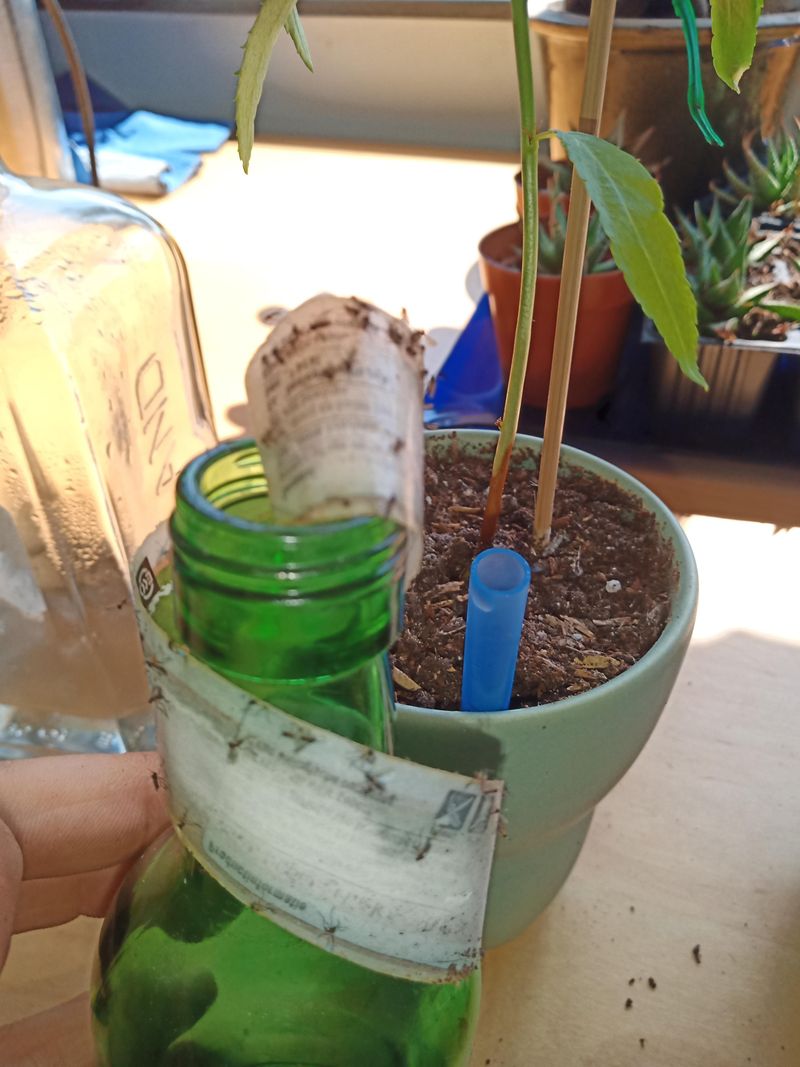It might sound a little wild, but dish soap isn’t just for dirty plates anymore. This summer, gardeners are reaching for that bottle under the sink and giving their lawns a soapy surprise.
I was skeptical too—until I saw what a difference it made. From battling bugs to boosting grass, this simple trick is stirring up serious buzz.
Here’s what’s really going on when the suds hit the soil.
1. Natural Pest Control
A few drops of mild dish soap mixed with water creates a powerful spray that suffocates many common garden pests. The solution works by breaking down the insects’ protective waxy coating, causing them to dehydrate.
Aphids, spider mites, and whiteflies don’t stand a chance against this simple mixture. Just be careful not to overdo it – a little soap goes a long way, and too much can harm beneficial insects in your garden ecosystem.
2. Ant Barrier Creation
Creating a perimeter of soapy water around your lawn furniture or garden beds disrupts ant trails effectively. The soap dissolves the pheromone trails ants use to navigate, causing confusion in their ranks and preventing organized invasions.
For best results, mix one tablespoon of dish soap with a gallon of water and apply it where you’ve spotted ant activity. This method is especially helpful for protecting outdoor eating areas during summer barbecues and picnics.
3. Lawn Grub Elimination
Those mysterious brown patches in your lawn might be caused by grubs munching on grass roots. A dish soap solution forces these subsurface pests to the surface where birds can feast on them.
Mix two tablespoons of dish soap with a gallon of water and drench the affected areas. Within minutes, you’ll see grubs wriggling up to escape the soapy mixture. This method helps identify infestation severity while starting the natural elimination process.
4. Weed Killer Booster
Adding dish soap to homemade weed killers dramatically improves their effectiveness. The soap acts as a surfactant, helping the solution stick to waxy weed leaves instead of beading up and rolling off.
For a potent mixture, combine one cup of salt and one tablespoon of dish soap with a gallon of vinegar. This enhanced solution penetrates weed surfaces better than vinegar alone, making it particularly effective on stubborn weeds like dandelions and crabgrass.
5. Soil Compaction Test
Gardeners use the dish soap percolation test to check soil drainage. Poor drainage often indicates compacted soil that needs amendment before planting can succeed.
Simply dig a hole, fill it with soapy water, and time how long it takes to drain. If water sits for hours, your soil is likely compacted. This simple test helps determine whether you need to add organic matter or consider aeration techniques for healthier grass growth.
6. Lawn Mower Cleaning
Grass clippings and sap build up on mower blades, reducing cutting efficiency. Dish soap’s grease-cutting properties make quick work of this stubborn organic matter without damaging metal parts.
After mowing, spray the underside of your mower with soapy water and let it sit for 15 minutes. The soap loosens dried grass and makes rinsing much easier. Clean blades not only extend your mower’s life but also create cleaner cuts for healthier grass.
7. Mosquito Breeding Prevention
Standing water in your yard becomes a mosquito nursery within days. Adding a few drops of dish soap breaks the water’s surface tension, preventing mosquito larvae from attaching to the surface to breathe.
This simple hack works for bird baths, rain barrels, and any water features that can’t be emptied regularly. The soap doesn’t harm birds or beneficial insects but creates an inhospitable environment for mosquito development – a chemical-free way to reduce these summer pests.
8. Watering Aid For Dry Spots
Hydrophobic soil repels water instead of absorbing it, creating frustrating dry patches. A light dish soap solution breaks this surface tension, allowing water to penetrate these resistant areas.
Mix one teaspoon of dish soap in a gallon of water and apply to stubborn dry spots before regular watering. The soap temporarily reduces the soil’s water-repelling properties. This technique is especially useful for reviving areas where water typically runs off rather than soaking in.
9. Garden Tool Sanitizer
Plant diseases spread easily via dirty garden tools. Dish soap provides a quick sanitizing solution between uses, preventing cross-contamination of fungal and bacterial problems.
Keep a bucket of soapy water nearby while gardening and dip tools between plants. This practice is particularly important when pruning or working with plants showing signs of disease. The soap helps remove sap and plant residue while providing basic disinfection.
10. Sidewalk Crack Cleaner
Weeds growing between pavers or sidewalk cracks can be tough to eliminate. Dish soap enhances the effectiveness of boiling water treatments, helping to penetrate deep into root systems.
Add a tablespoon of dish soap to a kettle of boiling water and carefully pour it along crack vegetation. The soap helps the scalding water cling to and penetrate weed foliage. This method provides immediate visual results without introducing chemicals to your yard environment.
11. Lawn Fertilizer Enhancer
Adding a small amount of dish soap to liquid fertilizer improves its distribution and absorption. The soap acts as a spreader-sticker, helping nutrients coat grass blades more evenly and stay in place longer.
Mix half a teaspoon of dish soap per gallon of liquid fertilizer solution. This small addition helps break surface tension on grass leaves, allowing more fertilizer to be absorbed rather than running off. The result is more efficient nutrient delivery with less product waste.
12. Slug and Snail Traps
Slugs and snails can devastate gardens overnight. Shallow dishes of beer with a drop of dish soap create irresistible traps for these slimy pests before they reach your prized plants.
The soap breaks the surface tension, preventing slugs from floating on the liquid. Place these traps around the perimeter of your lawn or garden beds at sunset. By morning, you’ll have captured many of these nighttime munchers without resorting to toxic baits.
13. Clay Soil Amendment
Heavy clay soil benefits from a one-time dish soap treatment that helps break up the dense structure. The soap molecules separate clay particles, creating channels for water, air, and roots to penetrate.
For this soil remedy, mix two tablespoons of dish soap in a gallon of water and thoroughly soak the problem area. Follow with a deep watering the next day to flush soap residue deeper. This treatment works best when combined with adding organic matter like compost.
14. Poison Ivy Cleanup
After removing poison ivy from your yard, dish soap becomes an essential cleanup tool. The soap’s degreasing properties help remove the plant’s irritating urushiol oil from tools, gloves, and skin.
Use cold water and plenty of dish soap to wash everything that contacted the plants. Hot water can open skin pores and spread the oil. This thorough cleaning prevents secondary exposure that could spread the rash to yourself or family members.
15. Gnat Population Control
Fungus gnats often plague overwatered lawns and garden areas. A dish soap spray disrupts their life cycle by killing larvae and preventing adults from laying eggs in treated soil.
Mix one tablespoon of dish soap with a quart of water and spray affected areas in the evening. The solution penetrates the top layer of soil where gnats reproduce. Regular applications over several weeks can dramatically reduce populations without harming beneficial soil organisms.

